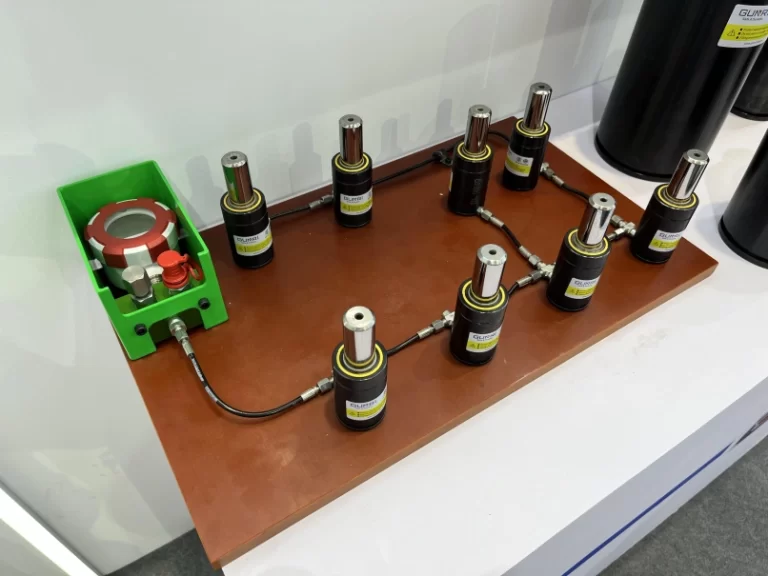What Are the Suitable Installation Methods for Nitrogen Gas Springs for Dies?
Nitrogen gas springs are important elastic components in the mold industry, as they can provide elastic pressure for various mold actions, such as ejection, return, cushioning, stripping, etc. However, in order to ensure their normal work and performance, it is essential to install them in a suitable way. So, what are the suitable installation methods for nitrogen gas springs for dies? This article will introduce you to the following aspects.
Table of contents
Using the Bottom Screw Hole or a Suitable Mounting Flange
The first suitable installation method is to use the bottom screw hole or a suitable mounting flange to fix the nitrogen gas spring in the mold. This can ensure its stable position and prevent it from moving or falling off during operation. The bottom screw hole or the mounting flange should match the size and shape of the nitrogen gas spring base.
Avoiding Using the Screw Hole on the Top of the Piston Rod
It is not recommended to use the screw hole on the top of the piston rod for installation, as this screw hole is not designed for that purpose. It is actually used for maintenance, such as filling or releasing nitrogen gas. Using this screw hole for installation may damage the piston rod or cause leakage of nitrogen gas.
Avoiding Free Air Return Installation Method
Another unsuitable installation method is to let the nitrogen gas spring return freely in the air after being compressed. This may cause damage to the internal structure of the nitrogen gas spring, such as the seal ring or the valve. It may also reduce the elastic force and life span of the nitrogen gas spring.
Ensuring the Movement Direction Aligns with the Contact Surface
When installing the nitrogen gas spring, it is important to ensure that its piston movement direction is parallel to the compression stroke direction. At the same time, the contact surface on the top of the piston rod should be fully fitted with the corresponding surface in the mold during movement. The contact surface should also have enough hardness to prevent deformation or wear.
Avoiding Bearing Any Side Load
Nitrogen gas springs cannot bear any side load, as this may affect their normal operation and life span. Side load may be caused by misalignment, bending, twisting or tilting of the nitrogen gas spring or its piston rod. Side load may also result from uneven distribution of pressure on the contact surface.
Protecting the Piston Rod from Scratches
During installation, it is necessary to pay attention to protect the piston rod of the nitrogen gas spring from any mechanical scratches, as this may impair its integrity and cause leakage of nitrogen gas. The piston rod should be handled with care and kept clean and dry.



